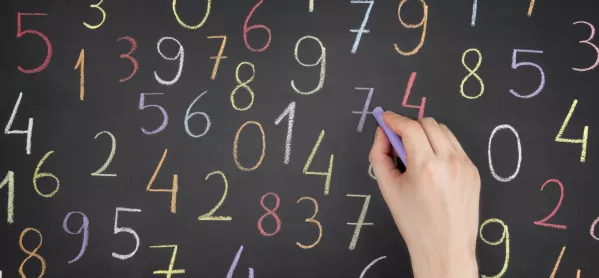The coronavirus lockdown saw teachers sitting staring at a computer screen in a way most could not have imagined at the start of the year. They quickly had to learn about practical issues such as how to safely teach while socially distanced, and ensuring that the effort and progress made in reducing the attainment gap was not lost.
One tool that can help in times like these is the data held by schools. Some teachers have anxiety around analysing the data they have, whether it is standardised scores, teacher assessments or parental feedback - the time and effort involved in fighting with data can feel overwhelming.
Once this initial feeling has been overcome, the good news is that schools have a lot of data that can help them. Data is often referred to as “the new oil”, as you just need to work out how to get the power out of it. Understanding the data is the first stage in gaining the power. Or, to put it another way, “rubbish in = rubbish out”.
Power of data: Christmas Jumper Day cancelled after poor pupils revelation
Advice: How schools can protect their pupils’ data
National data: ‘Total rubbish’ that education data worst since 1950s
No amount of brilliant analysis, fancy software or pretty graphs will give plans that will help pupils if the starting data is “rubbish”. Luckily, the quality of the data that schools base most of their decisions on is within their control.
When time is so precious, making sure the data that guides us all is of the highest quality is worth the investment. This will result in less time spent talking about the ins and outs of the data and more time on what actions are needed to address any concerns.
So, how do you improve the quality of your data? The first stage is to ask yourself “do you need it?” All analysis of data should result in a possible action, otherwise its data just for its own sake. More data does not necessarily give you better insights, and with fewer data sources you can focus on ensuring you have high levels of confidence in the information collected.
Once the existing data has been reviewed, the next stage is to check that there are no gaps that will leave you with incomplete analysis. With home learning having an impact on how and when pupils studied before the summer, there may be new data emerging that is, in some ways, more powerful than some existing information.
For example, recording the levels of engagement pupils had with the school during lockdown will add an additional level of insight into the tracking of attainment during the next year. This information would be most valuable when pupils are moving between schools, such as when they are transitioning from P7 to S1.
Data can be a hugely powerful aid for schools to make sure that no child is left behind - but only when it is the right data handled in the right way.
Emma Nylk has worked as an analyst for over 10 years including building predictive models, and since 2017 has been supporting teachers to understand their school’s data through her company in Scotland, East Neuk Analytics
